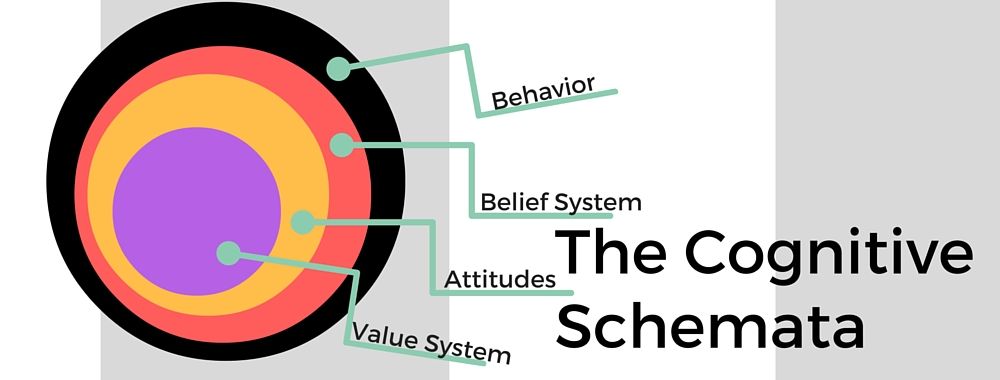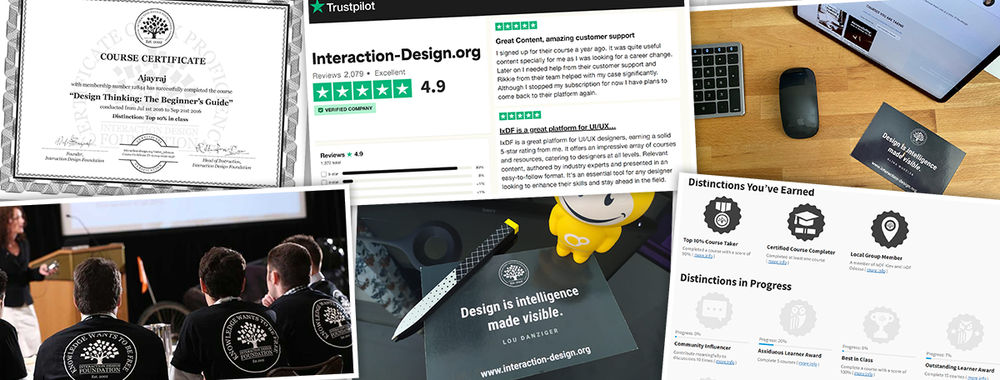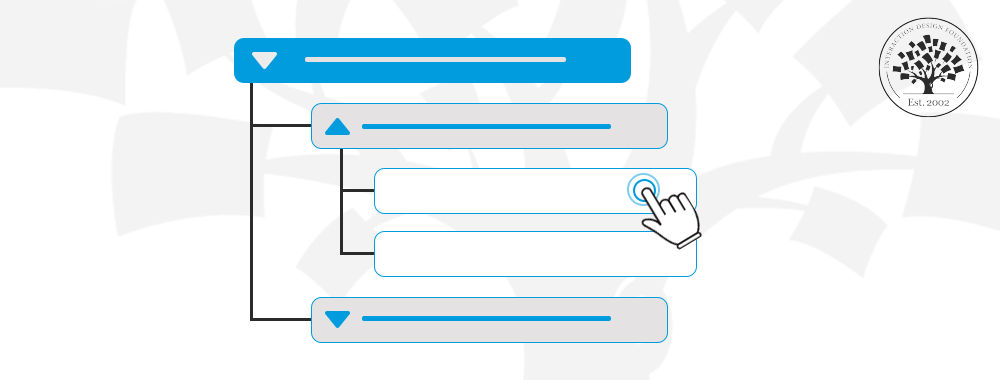In everything we do, we are bound by our previous experiences. We make judgements on the basis of our interactions and experiences with the world. Someone catching ball positions themselves according to the environmental information and their understanding of how objects behave under certain conditions. For example, if it is windy, the catcher might stand further to their left or right, depending on the direction of the wind. Alternatively, if they can see the ball is made from rubber they would prepare themselves differently to when the ball is hard, such as a leather ball found in cricket.
We adjust our bodies and minds to fit in with our surroundings, and to give ourselves the best chance of success in whatever we are doing. From the moment we enter the world, we are acquiring information, learning associations between things, and making incremental improvements in how we judge these things in terms of what we can see, hear, smell, taste and feel.
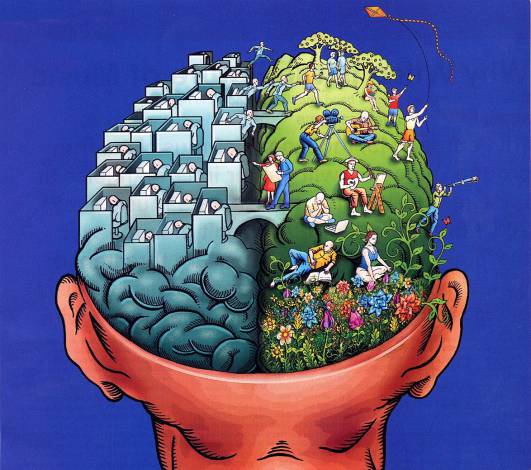
Author/Copyright holder: TZA. Copyright terms and licence: CC BY-NC 2.0
Our brains are amazingly adept at 'filling-in-the-blanks' when we are moving around our environment and consuming sensory information. We are only capable of taking in a tiny percentage of what goes on around us at any one time, but the experience is constant and meaningful, in spite of the holes in our conscious experience. And it is through experience or direct contact with the world that we become better and better at filling the blanks. Our brains store representations of the world and use this information to complete our present experiences.
Consider the experience of going to a doctor's surgery. You walk into the consulting room, take a seat, talk to the doctor or nurse, and then leave. What did you take in during this time? Did you look around the room and see some personal artefacts? Did anything stand out in the room? Or do you not remember anything in particular? Now, what would you expect to have seen? Just take a minute to think of some of the things you might expect to find in a doctor's surgery.
If you thought of anything at all, you are demonstrating an understanding of the context, which is based on prior experience. We don't just have individual expectations, we have whole systems, frameworks, and mental structures to inform our understanding of the world. These organised patterns of thought are referred to as Schemas, a term coined by Developmental Psychologist Jean Piaget.
Think of the doctor's surgery example; you tapped into your schema for this scenario, to pull out specific items that you would typically find in this setting. As part of this process, you may have thought about the roles the doctor or nurse perform, the tools of the trade, and the building in general. All of these factors are the building blocks of schemas, or the mental structures that prop up information processing as we are reliant on attention, which is a limited cognitive resource.
If we were capable of attending to everything in our surroundings we could create a whole, complete, and constant representation of our environment without the need for schemas, but they are an essential part of human information processing. Our preconceptions and expectations save time and mental energy. We can focus on the parts of our experience that are most personally meaningful and relevant, whilst schemas help to fill out the rest of the experience unconsciously.
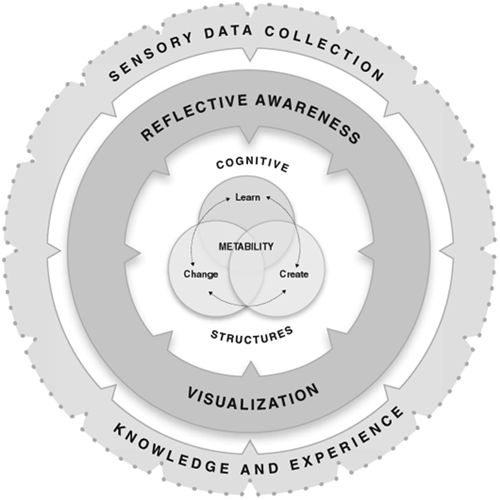
Author/Copyright holder: ASCD. Copyright terms and licence: All rights reserved Img source
Schemas also influence our conscious experience; they don't operate purely at an inaccessible level of human thought. We consciously apply our experiences to help us determine what to focus on and make a whole range of other decisions, such as establishing whether our actions have been successful or whether we are in the right place.
As schemas play an integral part in all human experience, they are an important consideration for designers. When users interact with a website, tangible product, or user interface for the first time, they bring a wealth of knowledge and experience with them. So, while designers might feel they are dealing with a blank slate, they are not. Users arrive with expectations and deep-rooted ideas of how things should look, feel, and behave in response to their interactions.
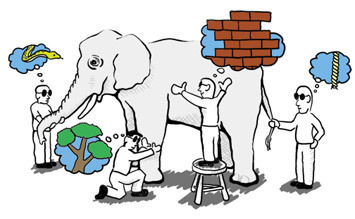
Author/Copyright holder: Unknown. Copyright terms and licence: Unknown Img source
Designers may look upon schemas as a nuisance, as they constrain the design process, but expectations can help shape products. When we are presented with an ill-defined task, it is difficult to decide what we are mean to, but constraints, such as users' schemas, guide and inform the process. Conforming to expectation is an option that simplifies the design process, as there are existing methods, practices, standards, and conventions to implement. And, conversely, if you want to influence the user experience by going against expectation, schemas offer us the necessary insights.
In Summary
A schema is a mental framework, which is developed over time following interaction with and experience of our environment. Schemas are effectively our expectations, but they are representative of whole ideas, notions, and experiences, not just isolated elements or items in our surroundings. They enable us to interact with and have a continuous experience of the world, even though human attention is limited.
We have schemas for products, websites, and all the other things that we now use on a daily basis. To provide positive user experiences, it is important to consider the expectations or schemas users bring with them when they are using your products. Otherwise, people must maintain a higher-than-usual level of attention and concentration when using products, to ensure their prior experience does not inhibit or negatively impact on their current experience.
Header Image: Author/Copyright holder: Ana Zdravic. Copyright terms and licence: All Rights Reserved
